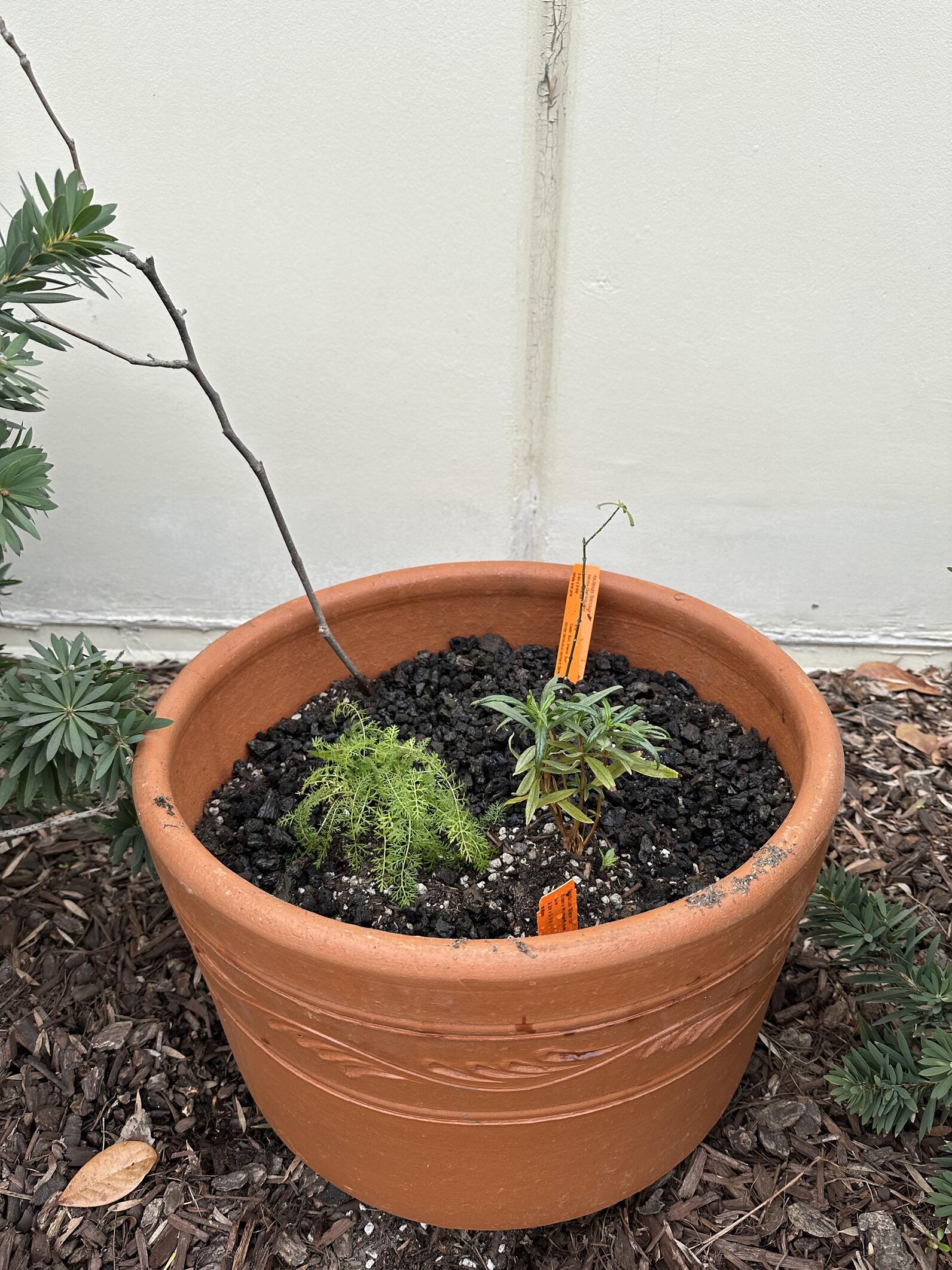Recently, Chelsea, our Community Conservation Fellow, collaborated with the second-grade class of California Creative Learning Academy, a local school in Los Angeles focused on cultivating creativity, curiosity, and connection through education. The second graders developed their skills as naturalists as they explored the Center on a field trip back in November. The students first learned to identify select native plant species and learned more about the plants’ ecological roles in building habitat for birds, insects, and other wildlife. They then discovered the plants for themselves as they went on a plant scavenger hunt around the Center and found Toyon, Lemonade Berry, and Purple Sage. The students then geared up with binoculars and bird guides and set off to explore the Children’s Woodland, where they learned skills to identify birds. They were greeted by California Towhees, House Finches, and California Scrub Jays, among other birds. Finally, the second-graders went with their teachers on a self-guided exploration of the Butterfly Loop where they put their newly acquired skills of being a naturalist to work. Using their five senses, they analyzed their natural surroundings in a new way; they smelled the aromatic California Sage Scrub, watched Red-tailed Hawks soar overhead, and even detected Coyote tracks.

In January, Chelsea had the opportunity to visit the students at their campus. There, she led the students in an activity creating butterfly habitat in small spaces. Through planting native plants in containers, the students learned that you don’t need a lot of space to create habitat; you can help support native wildlife by simply planting a few plants in pots. Each class had the opportunity to create a class pot that was planted with a selection of Narrow-Leaf Milkweed, White Sage, Yarrow, and Sticky Monkeyflower, all with the goal of providing food sources for butterflies at all life stages. Throughout the activity, the students discussed the components of habitat for wildlife, the importance of native plants, and the life cycle of butterflies. Additionally, each student had a chance to sow Yarrow seeds, an invaluable food source for pollinators. Overall, students walked away with a greater appreciation of LA’s native wildlife and emboldened to be the best wildlife neighbors they can be.




